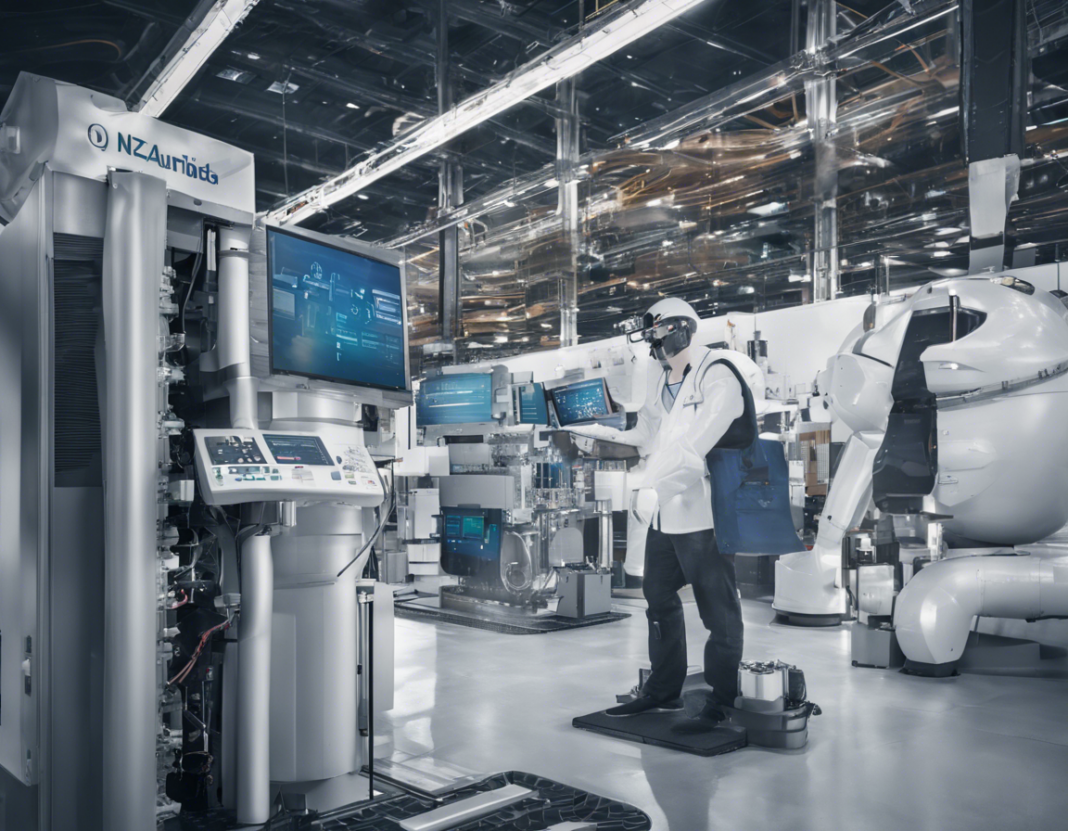With the rising demand for automation in various industries, organizations are continuously looking for ways to streamline their processes and increase efficiency. One of the popular tools being utilized for this purpose is the Intelligent Process Automation (IPA), which combines artificial intelligence (AI) and machine learning with traditional Robotic Process Automation (RPA) capabilities to automate complex business processes.
While the benefits of automating tasks are clear, the implementation of IPA solutions can be challenging for many organizations. Beyond the current automation trends, it is crucial to navigate the IPA implementation guides effectively to ensure successful adoption and realization of benefits. In this blog post, we will delve deeper into the world of IPA beyond automation trends and provide insights on how organizations can effectively implement IPA solutions.
Understanding Intelligent Process Automation (IPA)
Intelligent Process Automation (IPA) is a technology-driven process optimization approach that combines various automation technologies such as RPA, AI, machine learning, and natural language processing to automate and optimize business processes. Unlike traditional RPA, which focuses on rule-based, repetitive tasks, IPA has the capability to handle more complex processes by learning from experience and making decisions based on contextual data.
Benefits of IPA
- Increased efficiency: IPA can streamline and optimize complex processes, leading to increased efficiency and productivity.
- Improved accuracy: By minimizing human intervention, IPA reduces the risk of errors and improves accuracy in tasks.
- Enhanced customer experience: With faster response times and seamless processes, IPA can significantly enhance the overall customer experience.
Navigating IPA Implementation Guides
Implementing IPA solutions requires a strategic approach to ensure successful adoption and integration into existing processes. Here are some key steps to effectively navigate IPA implementation guides:
1. Define Clear Objectives and Use Cases
Before implementing IPA solutions, organizations need to identify clear objectives and use cases for automation. Understanding the specific processes that can benefit from automation will help in setting realistic goals and expectations for the implementation.
2. Assess Current Processes and Infrastructure
Conduct a thorough assessment of current processes, systems, and infrastructure to identify areas that can be automated using IPA. It is essential to ensure that the existing technology stack is compatible with IPA solutions and can support the implementation.
3. Collaborate Cross-functionally
IPA implementation involves multiple stakeholders across different departments. Collaborating cross-functionally with IT, operations, and business units will ensure alignment of goals and priorities, leading to a smoother implementation process.
4. Select the Right IPA Solution Provider
Choosing the right IPA solution provider is crucial for a successful implementation. Evaluate different providers based on their experience, expertise, and track record in implementing IPA solutions in similar industries.
5. Pilot Testing and Iterative Implementation
Before full-scale deployment, conduct pilot testing of IPA solutions to validate performance and functionality. Iteratively improve and refine the implementation based on feedback and results from the pilot phase.
6. Training and Change Management
Training employees on using IPA solutions and managing change effectively are critical aspects of successful implementation. Ensure that employees are equipped with the necessary skills and knowledge to transition to automated processes seamlessly.
Frequently Asked Questions (FAQs) on IPA Implementation
- What is the difference between RPA and IPA?
-
RPA focuses on rule-based, repetitive tasks, while IPA combines RPA with AI and machine learning capabilities to automate complex processes.
-
How can organizations measure the ROI of IPA implementation?
-
Organizations can measure the ROI of IPA implementation by evaluating factors such as cost savings, efficiency gains, error reduction, and improved customer satisfaction.
-
What are the common challenges faced during IPA implementation?
-
Common challenges include resistance to change, lack of clear objectives, legacy systems integration, and initial investment costs.
-
How long does it take to implement an IPA solution?
-
The implementation time for an IPA solution varies depending on the complexity of processes, scale of deployment, and organizational readiness. It can range from a few weeks to several months.
-
What industries can benefit the most from IPA implementation?
- Industries such as banking and finance, healthcare, manufacturing, and customer service can benefit significantly from IPA implementation due to their complex and data-intensive processes.
In conclusion, navigating IPA implementation guides beyond automation trends requires a holistic approach that encompasses defining objectives, assessing processes, collaborating cross-functionally, selecting the right solution provider, conducting pilot testing, and focusing on training and change management. By following these key steps and addressing common challenges, organizations can effectively implement IPA solutions and realize the full potential of automation for their business processes.








